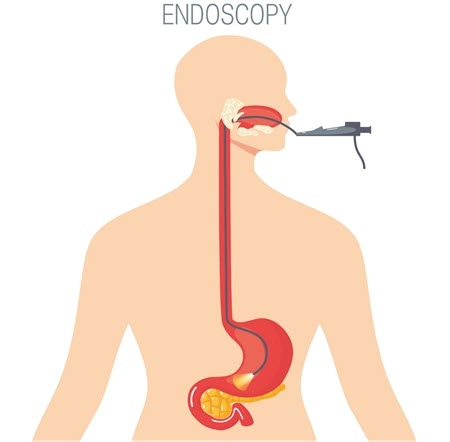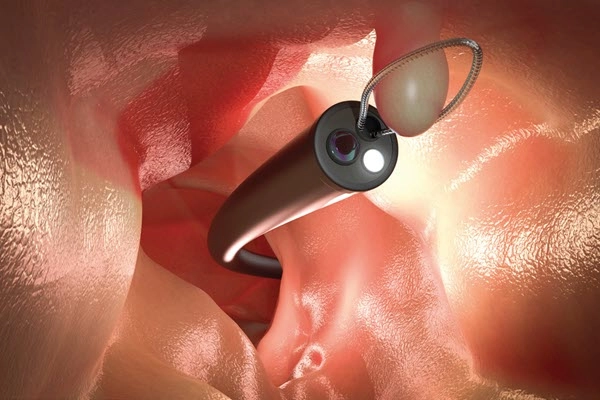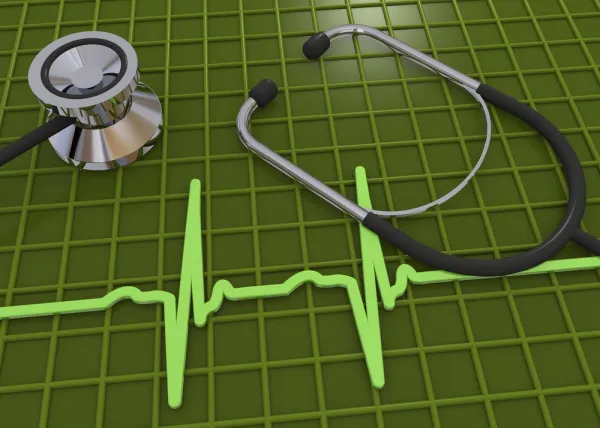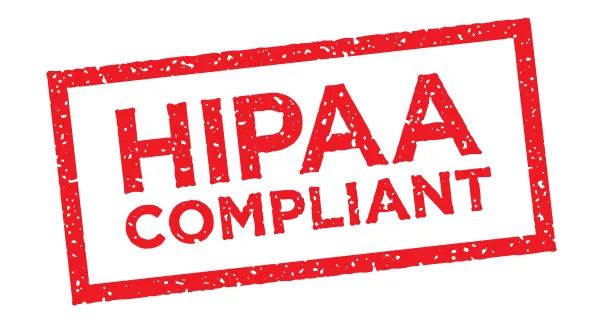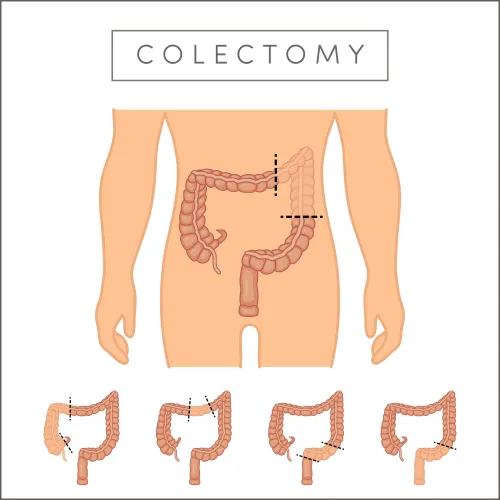Missing Details in EGD Op Report Means Losing Pay
Focus on ‘sample collection’ vs. ‘biopsy.’ When your surgeon performs an esophagogastroduodenoscopy (EGD), the details in the operative report contain valuable information you need to know to correctly code the case. Basics: An EGD is a procedure your surgeon performs using an endoscope to examine the patient’s esophagus, stomach, and duodenum, which is the first segment of the small intestine. Let our experts walk you through the following op report to focus your EGD coding so you can capture all the pay you deserve for your practice. Study the Case Here’s the op note under consideration: Informed consent was obtained. The patient was carefully premedicated with a total of 5 mg of Versed intravenously given in careful titration prior to and during the procedure. The adult fiberoptic gastroscope was passed into the esophagus under direct vision without complications. All areas were carefully examined. The esophagus appeared normal. The GE junction was at approximately 40 cm. There were no erosions seen, but findings suggested possible eosinophilic esophagitis. Multiple biopsies were obtained using hot forceps in the mid-esophagus for correlation. The stomach was examined next. There were superficial ulcerations of the antrum consistent with NSAID ulcerations. Multiple biopsies were obtained. The body of the stomach was normal and retroflexion showed a normal cardia and fundus. Hot forceps biopsies of the antrum and body of the stomach were obtained for CLO test to assess for H. pylori. The duodenal bulb was normal, and the second portion of the duodenum was also normal. The patient tolerated the procedure well without complications. Documentation: As you read the case, you should be looking for the following three details to guide your coding, according to Terri Brame Joy, MBA, CPC, COC, CGSC, CPC-I, billing specialty subject matter expert at Kareo in Irvine, California: Choose Procedure Code(s) The op note documents that the surgeon examined the esophagus, stomach, and duodenum. You should also note a few mentions of biopsies in the report. That information should lead you to procedure code 43239 (Esophagogastroduodenoscopy, flexible, transoral; with biopsy, single or multiple). If the physician only examined the esophagus, you would choose from the esophagus endoscopy code set 43200-43232. Pitfall: If you hadn’t noted exam of the stomach and duodenum, you may have selected a code such as 43202 (Esophagoscopy, flexible, transoral; with biopsy, single or multiple). Similarly, if you hadn’t noted the biopsies, you might have selected a code such as 43235 (Esophagogastroduodenoscopy, flexible, transoral; diagnostic, including collection of specimen(s) by brushing or washing, when performed (separate procedure)) Pay: Performed in a facility, payment for 43239 will be about $140, says Glenn D. Littenberg, MD, MACP, FASGE, AGAF, a gastroenterologist and former CPT® Editorial Panel member in Pasadena, California. On the other hand, 43202 pays only about $104 (rates based on Medicare Physician Fee Schedule 2021 national facility amount, conversion factor 34.8931). Drill Down to Biopsy Distinctions Although the op report in this case documents biopsies from the mid esophagus and of the antrum and body of the stomach, you should use just one unit of 43239 because the code definition states, “with biopsy, single or multiple.” Exception: If the surgeon documents performing endoscopic ultrasound-guided fine needle aspiration (FNA) biopsy in addition to the forceps biopsies taken during the EGD on a separate anatomical site, you can separately report that service as 43238 (Esophagogastroduodenoscopy, flexible, transoral; with transendoscopic ultrasound-guided intramural or transmural fine needle aspiration/biopsy(s), (includes endoscopic ultrasound examination limited to the esophagus, stomach or duodenum, and adjacent structures)). Caution: Don’t mistake collection of samples as evidence that the surgeon took a biopsy. Surgeons infrequently collect samples of fluid or superficial cells (cytology brushings) during an EGD. The base procedure code, 43235 (Esophagogastroduodenoscopy, flexible, transoral; diagnostic, including collection of specimen(s) by brushing or washing, when performed (separate procedure)), includes that sort of specimen collection. Key: Except for an FNA, a biopsy involves taking a small piece of tissue directly through the endoscope at the site of any identified abnormality. Treatment is different: Sometimes instead of sampling a portion of suspicious tissue (biopsy), the surgeon might remove the entire polyp or other lesion during the EGD as a treatment. In that case, you have three other CPT® codes to choose from for lesion removals: Tip: You can only code one EGD with lesion removal during the same session. However, if the physician treats different lesions with different procedures, you could append modifier 59 (Distinct procedural service) to the procedure of lesser value to override the edit. If you do that, make sure you are very clear in your documentation about the locations of the lesions and the method of removal or destruction.